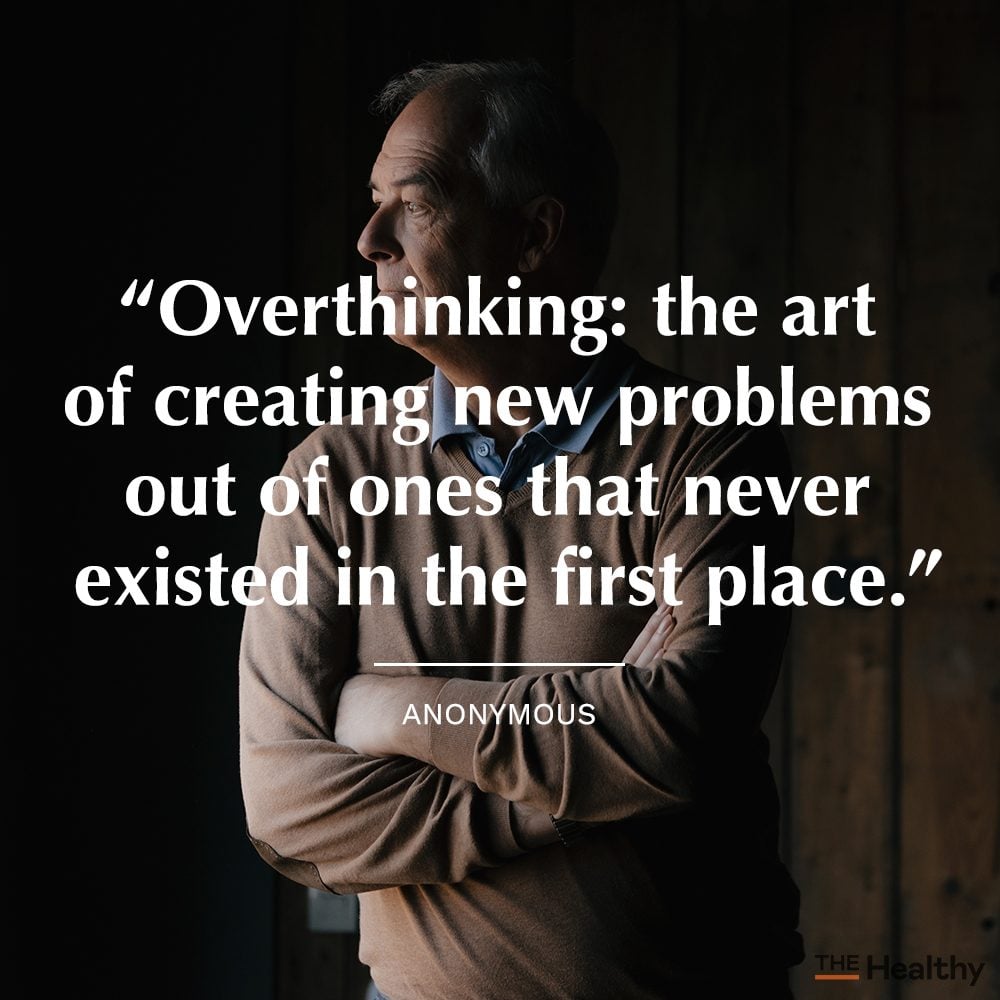How To Get Thoughts Out Of Your Head

Struggling with racing thoughts? Mental clutter impacts focus, productivity, and overall well-being. Here's a no-nonsense guide to decluttering your mind, based on expert-backed techniques.
The constant barrage of thoughts can lead to anxiety, sleeplessness, and difficulty concentrating. This article provides actionable strategies to quiet the mental noise and regain control.
Immediate Actions for Thought Management
1. The Power of Journaling
Journaling is a powerful tool for externalizing thoughts. Write down everything that's bothering you, without censoring or editing. This process helps to identify patterns and release pent-up emotions.
According to a study published in the Journal of Experimental Psychology, expressive writing can reduce intrusive thoughts and improve emotional regulation. Schedule 15-20 minutes daily for journaling.
2. Mindfulness and Meditation
Mindfulness meditation involves focusing on the present moment without judgment. This practice can help you become more aware of your thoughts and detach from them.
Apps like Headspace and Calm offer guided meditations for beginners. Start with 5-10 minutes daily, gradually increasing the duration as you become more comfortable.
3. Physical Activity: Move Your Mind
Exercise is a natural stress reliever and mood booster. Physical activity releases endorphins, which have mood-elevating effects.
Aim for at least 30 minutes of moderate-intensity exercise most days of the week. A brisk walk, jog, or yoga session can make a significant difference.
4. The Pomodoro Technique for Focus
The Pomodoro Technique involves working in focused 25-minute intervals followed by a 5-minute break. This method can help to break down tasks and prevent mental fatigue.
Using timers and short breaks can increase productivity and reduce the feeling of being overwhelmed by thoughts. It provides structure and helps maintain focus on the task at hand.
5. Challenge Negative Thoughts
Identify negative or intrusive thoughts and challenge their validity. Ask yourself if there is evidence to support these thoughts, or if they are based on assumptions or fears.
Cognitive Behavioral Therapy (CBT) techniques, like thought records, can be helpful in identifying and challenging negative thought patterns. Consider seeking guidance from a therapist trained in CBT.
6. Vocalization: Speak it Out
Talking to a trusted friend, family member, or therapist can provide a valuable outlet for your thoughts. Simply vocalizing your concerns can reduce their intensity.
Dr. Sarah Johnson, a clinical psychologist, emphasizes the importance of social support in managing mental health. Connecting with others can offer perspective and emotional support.
Long-Term Strategies for Mental Well-being
1. Limit Screen Time
Excessive screen time can contribute to mental clutter and anxiety. Blue light emitted from screens can interfere with sleep patterns and exacerbate racing thoughts.
Set boundaries for screen use, especially before bed. Consider using blue light filters or scheduling digital detox periods.
2. Prioritize Sleep
Adequate sleep is essential for mental and physical health. Sleep deprivation can worsen anxiety and make it more difficult to manage thoughts.
Aim for 7-8 hours of quality sleep per night. Establish a regular sleep schedule and create a relaxing bedtime routine.
3. Seek Professional Help
If you are struggling to manage your thoughts on your own, consider seeking professional help. A therapist can provide guidance and support in developing coping strategies.
The National Alliance on Mental Illness (NAMI) offers resources and support for individuals with mental health conditions. Don't hesitate to reach out for assistance.
Next Steps
Implement one or two of these strategies immediately and assess their impact. Consistent practice is key to developing long-term mental clarity.
Monitor your progress and adjust your approach as needed. Mental well-being is an ongoing journey, not a destination.


















